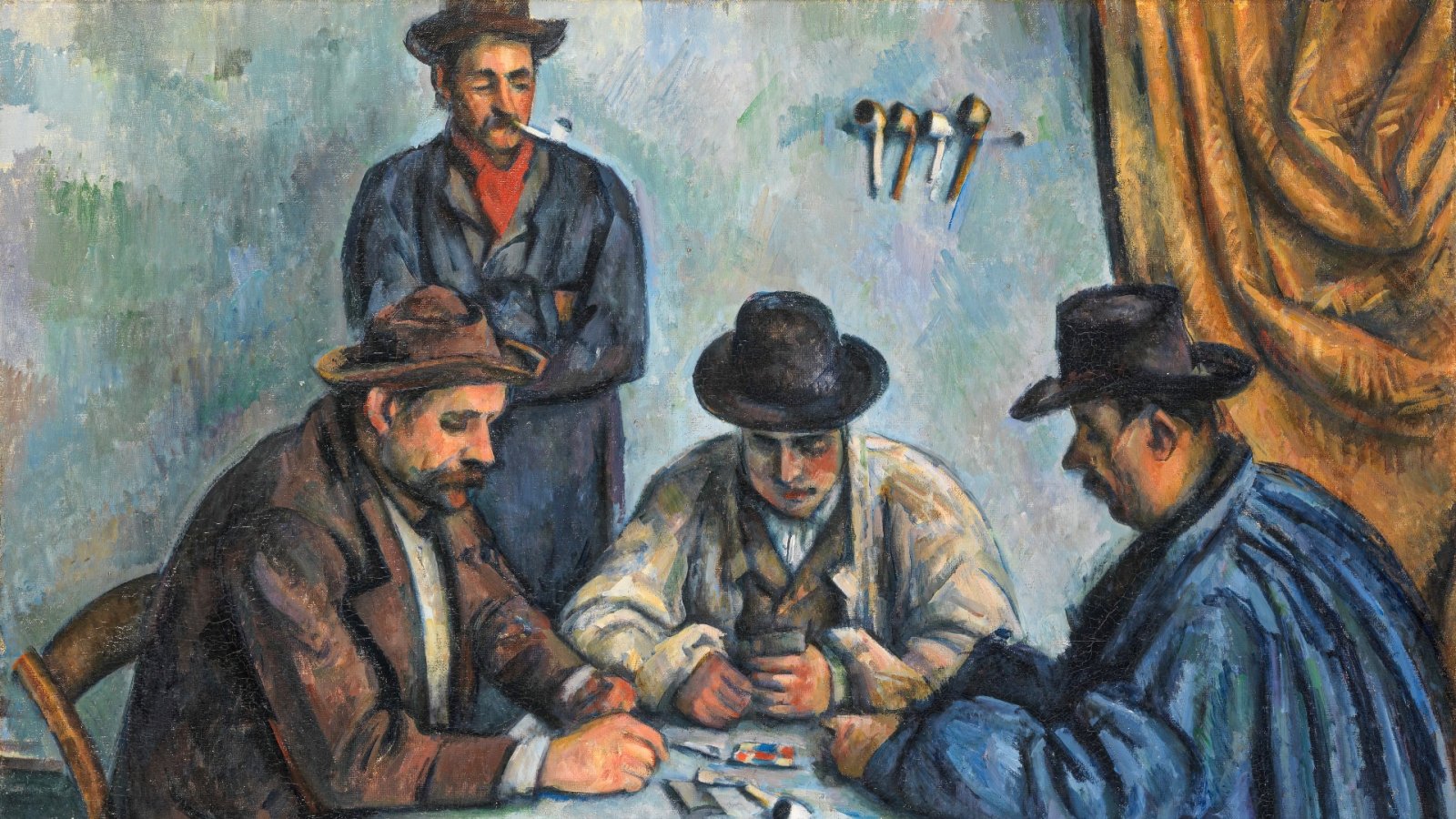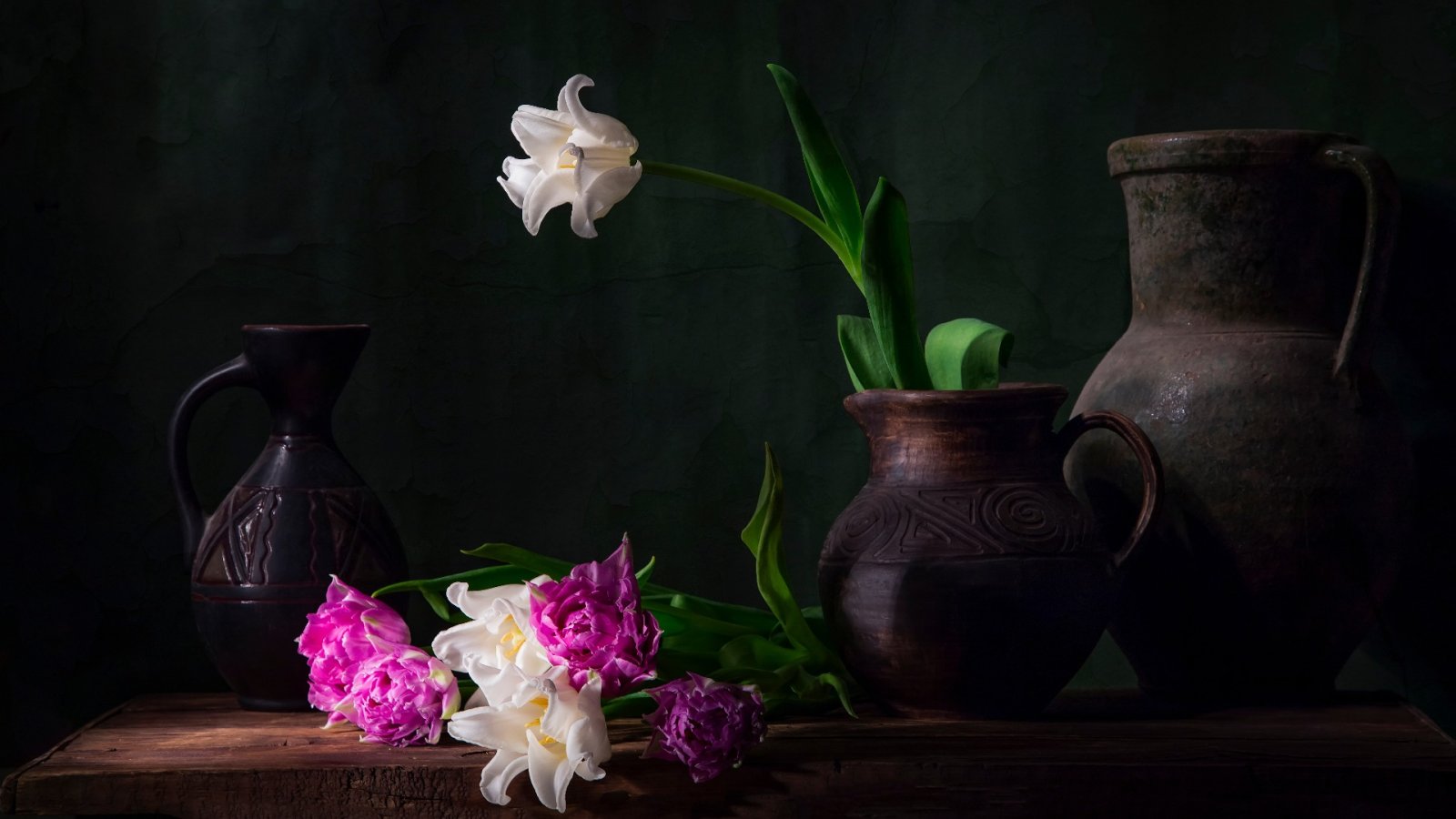There’s a 100% chance that you’ve at least once heard or seen an online version of the famous painting of a pipe, ironically titled "Ceci n'est pas une pipe". The famous author is no other than René Magritte, and his paintings are meticulously crafted and often deceiving. The Belgian Surrealist was famous for asserting that the pipe depicted in his painting was not actually a pipe, as he inscribed the fact in French beneath the pipe itself. Want to know more about the author? Read this article.
Through his art, Magritte argued that appearances are misleading. His enigmatic images depict ordinary objects in eerie ways, causing viewers and artists alike to scratch their heads since his peak in the 20th century. A bright sky during the day may loom above a street at dusk, a rural landscape could be a painting, and the blue of an eye might just reflect the color of the sky. Magritte's paintings intentionally lack painterly qualities and instead rely on the oddity of their subject matter to capture the viewer's attention. Similarly, Magritte lived a relatively unremarkable life as a middle-class man in the suburbs of Brussels, blending in with the bowler-hatted figures that frequently appear in his works. He purposefully avoided standing out, as he considered himself an agent that works undercover, secretly to dismiss the rules and conventions of the bourgeoisie of the moment. Critic George Melly once described him as a saboteur who avoids detection by blending in with the crowd.
But what is it about Magritte and his art that still captures the public's imagination after all this time?
Despite his passing over 50 years ago, René Magritte’s artwork remains both captivating and influential in the art world. In 2006, the Los Angeles County Museum of Art showcased his impact on contemporary art, while a 2011 exhibit at the Nouveau Musée National de Monaco utilized his pieces as inspiration to portray mundane objects in a bizarre fashion. His home country of Belgium opened the Musée Magritte in 2009, which houses around 200 of his works. Moreover, a Magritte biography by Alex Danchev and Sarah Whitfield was published just recently.
The painter - by his full name René François Ghislain Magritte - was born in 1898 in Lessines as the oldest of three boys to Régina, a former millinery worker, and Léopold Magritte, a merchant tailor. Even before enrolling in art school, he began receiving drawing lessons in 1910. The painter's mother was known for her depression and had made multiple suicide attempts. At the very beginning of the 20th century, little Rene was 13 years old when his mother passed away, after jumping into a river. Her body was discovered 17 days later with her nightgown wrapped around her head.
Later on during his artistic career, the painter created many works of art with the theme of covered faces, although he never explicitly mentioned a connection with his mother’s tragic death. One example is The Lovers - painted in 1928, depicting two figures kissing while their heads are enshrouded in cloth. By the way, you have probably seen this image as a meme during the Covid pandemic when masks were ubiquitous. Moving on, after experimenting with impressionism, Cubism, and Futurism, the painter enrolled in the Académie Royale des Beaux-Arts in Brussels, but he found the teachings there lacking and left before completing his studies.
In 1920, Magritte was conscripted into the Belgian infantry and was released the following year. He then found work as a designer in a wallpaper factory and two years later, he married Georgette Berger, whom he had known since he was a teenager. They didn't have children, but their home was filled with pets such as dogs, cats, and pigeons. Despite appearances of a stable marriage from the outside, they both had affairs, with Magritte involved with Surrealist performance artist Sheila Legge and Georgette with Surrealist poet Paul Colinet. However, they remained together until Magritte's death.
But Magritte's first gallery contract was signed with Galerie le Centaure in Brussels in 1926, which finally allowed him to pursue painting full-time. The following year, the gallery hosted the painter’s first solo exhibition. However, his Surrealist works were poorly received by critics, leading the couple to move to the avant-garde Paris. Finally, they moved to an eastern suburb where they became acquainted with the Surrealist circle and met other famous artists, such as Breton, Dalí, and Miró. And within a year, Magritte started exhibiting with them.
The time he spent in Paris was relatively brief because Magritte and his wife soon returned to Belgium due to financial reasons. This move made Magritte a more peripheral member of the movement, a recurring theme in his life. Except for his few years in Paris, he avoided art world centers and never visited New York until the end of his life, when he traveled for his retrospective at the Museum of Modern Art.






